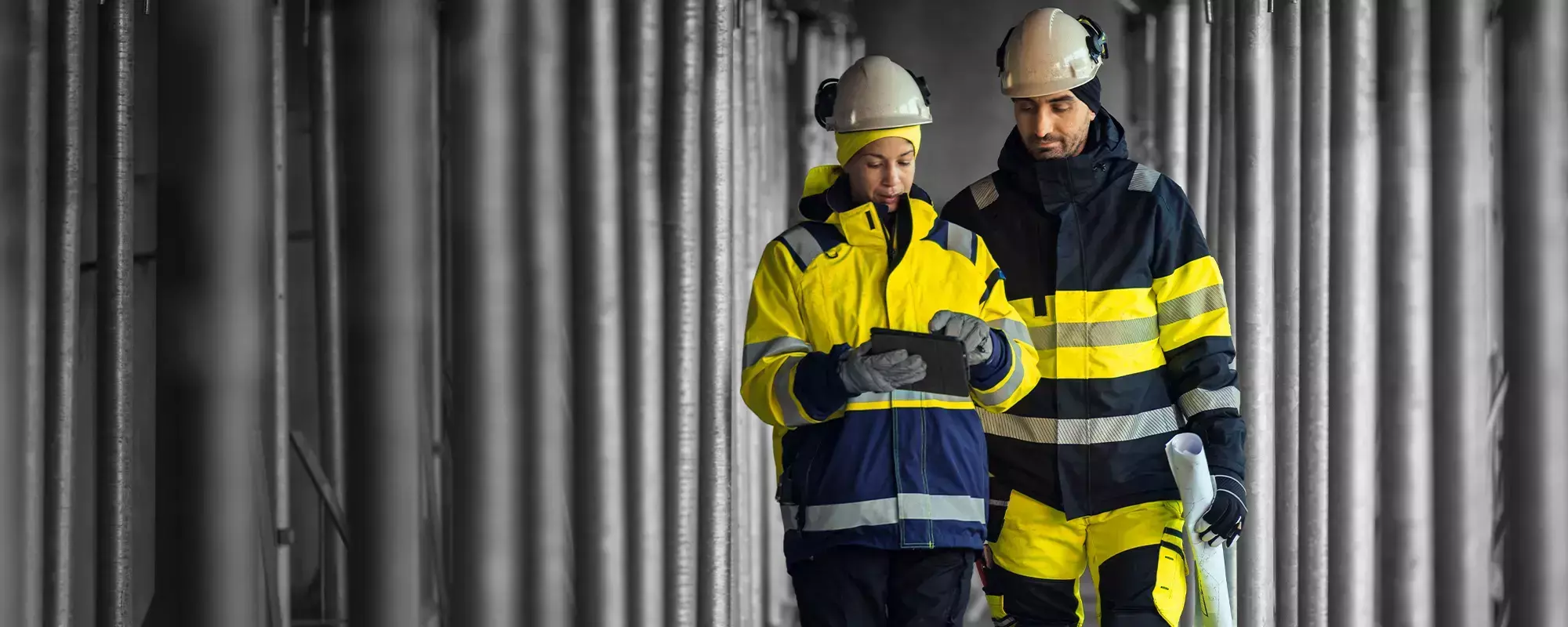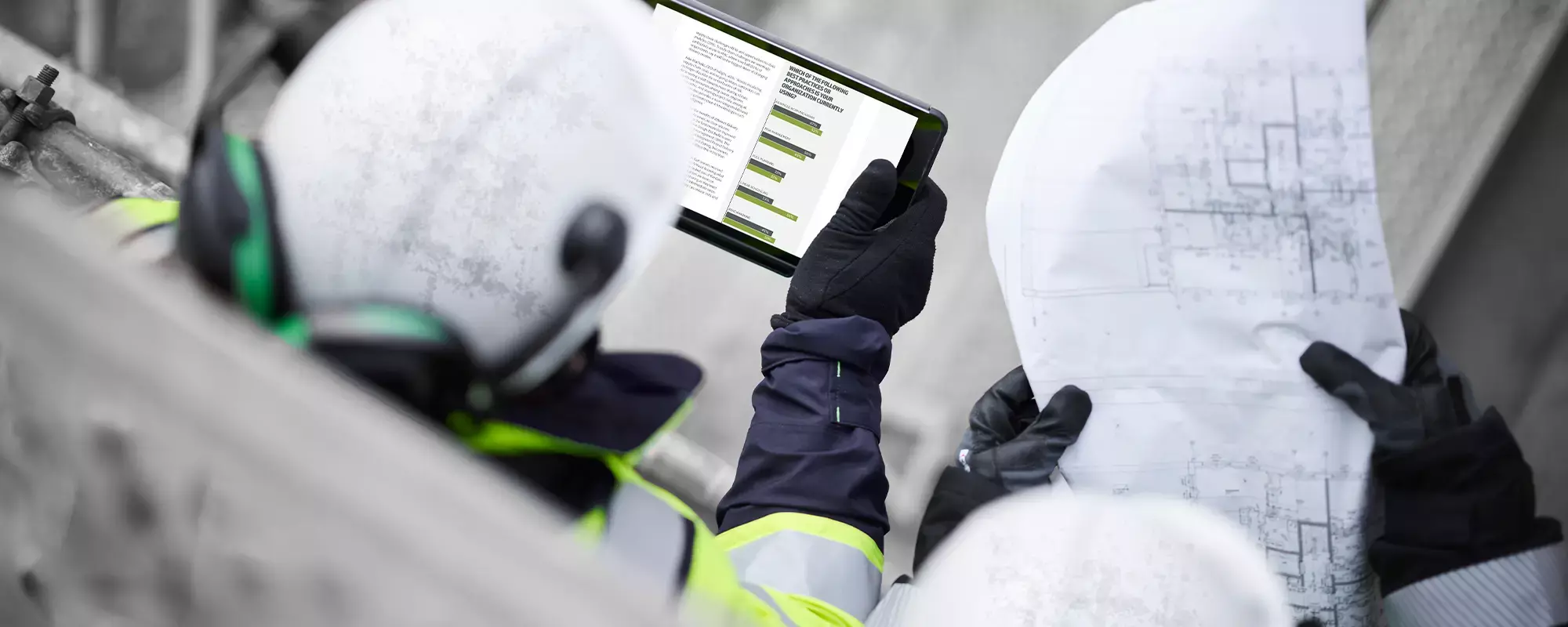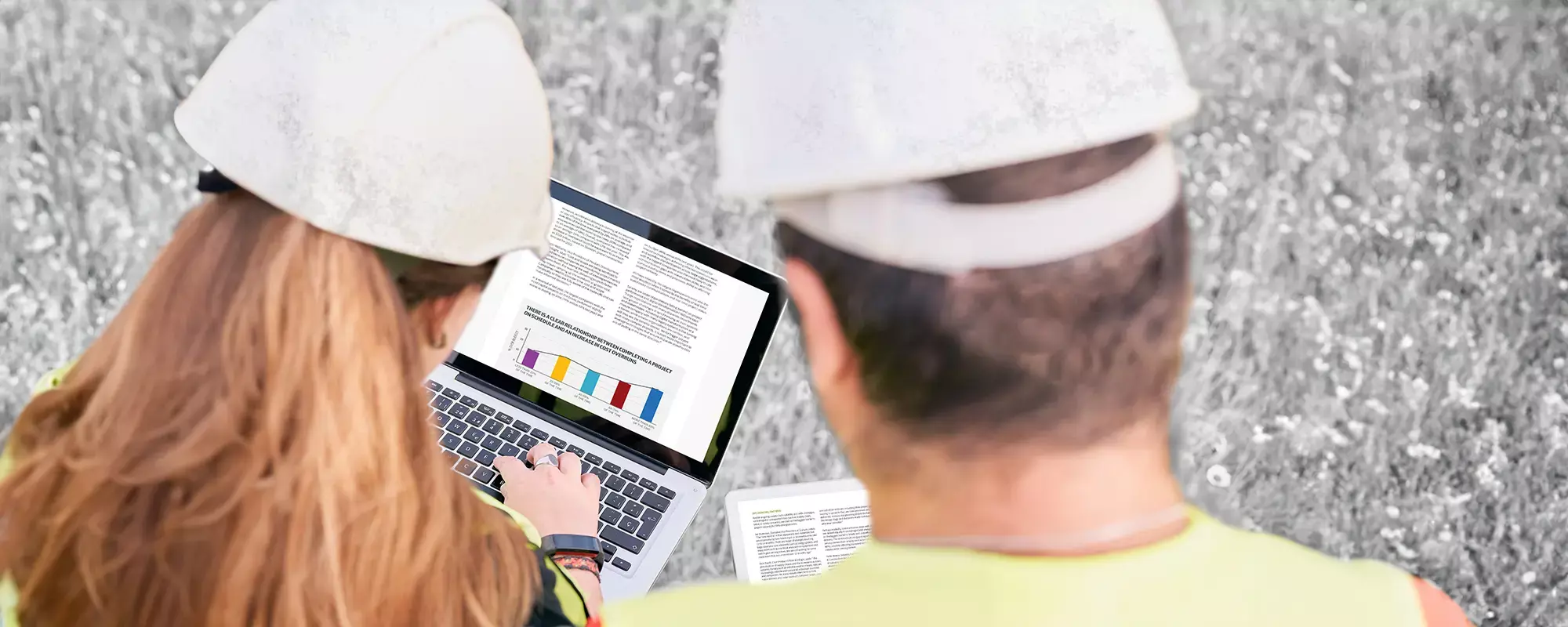Contractors like you are moving along the digital transformation continuum, gradually transitioning away from manual-based processes to automated ones and carefully assembling a construction tech stack that works best for your business and your projects.
Now you may be wondering how to augment what you have to improve on your initial productivity gains.
The good news? With the foundational technology in place, it’s no longer a question of where to start but where to go from here. The answer will depend on where you are with your tech stack and the situation(s) compelling you to add to your current construction technology lineup. Some of those business cases may include:
- Taking on different kinds of projects with requirements that technology can facilitate
- Being better prepared to address the perfect storm of challenges facing the industry, from supply chain concerns to cost escalation to economic uncertainty
- Expanding capabilities to more fully accommodate the complexities inherent in modern capital projects
- Needing to further differentiate your company from competitors
No single construction technology or process can address all of these. However, whatever you choose should ideally speak to the need for agility, project certainty and productivity. There are three options to consider.
Connect your collected data for deeper project insights
Data is now considered project gold, so you need to mine it for the value it can deliver. However, it’s not uncommon for data — from past and present-day projects — to be strewn across multiple disconnected tools and software programs within a construction tech stack.
Fine for individual business functions perhaps. But it has introduced an unintended risk for the project as a whole: siloed systems may not be able to “speak” to each other and share data, nor does that data always use the same structure or formatting — necessitating time and effort to re-key information across programs.
That’s made it difficult to derive data-driven strategic or actionable insights that can be applied to current projects, not to mention future ones as well.
Technologies like integrated (single vendor) construction-specific software, building information modeling (BIM) and the Internet of Things (IoT) empower business functions to analyze and leverage all the details coming in from multiple data sources. Incorporating them into your construction tech stack helps you gain more comprehensive insights to help you confidently address recurring questions: Where and how can you optimize resource allocation? How well are ongoing cost and schedule performance metrics faring against the estimate? Is data indicating emerging trends that require immediate discussion, action or contingency planning? What lessons can be drawn from the data from past and current projects that will help develop more accurate, real-world bids?
Centralize data and enable communication with cloud technology
Got several point solutions from multiple vendors? Using computer-based systems rather than web-based? This gets at the heart of some of the accessibility and efficiency challenges contractors have encountered as they’ve added to their software programs. Those challenges are being met with the power of cloud technology.
Cloud technology helps your construction tech stack function more like a network through internet connectivity. You can think of it in several ways: As a massive virtual storage cabinet that centralizes all your project documents and data into a single source of truth, where anyone with the proper permissions can easily and quickly view and interact with those items. As an extension of connecting data, connecting people to that data no matter where they are, whether they’re on a desktop computer or a mobile device. And building on that capability, to connect people to each other by providing a platform for real-time communication and collaboration, which in turn supports better-informed decisions and courses of action.
Prioritize safety with field technologies
Now let’s take things a step further. We must see construction technology as more than just the computer software programs we’re familiar with. One area that’s on the rise: field technologies. Within this subcategory are two technologies increasingly used to promote jobsite and personal safety: drones and wearables.
Frequently used to quickly survey large footprint jobsites and keep track of worker proximity to site hazards, the drones’ speed and agility also enable faster, safer monitoring of progress and compliance of large-scale, complex projects and streamline inspection of dangerous or hard-to-reach work areas. Wearables such as arm bands and smartwatches track worker location and vitals in real time, sending data to a linked smart device to keep managers in the loop on the safety and wellbeing of site crews.
Using these devices as a preventive measure — and not just for their efficiency value — protects workers from ending up on leave due to a job-related health hazard, further reducing the available labor pool. By prioritizing worker safety with these technologies, it sends the message to current and future site crew members that their wellbeing matters. Imagine what this can do for labor retention and acquisition amid a critical labor shortage.
Digitalization isn’t a one-and-done exercise. It will always be an ongoing process. Ideally, the technologies and best practices you choose to support your construction tech stack will ultimately deliver improved project outcomes. What’s right for you may differ from that of another contractor. We’re happy to help you determine what options may best align with your business goals and project needs. Schedule some time to talk with us when you’re ready.




